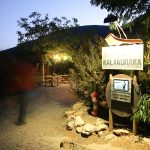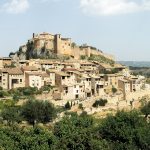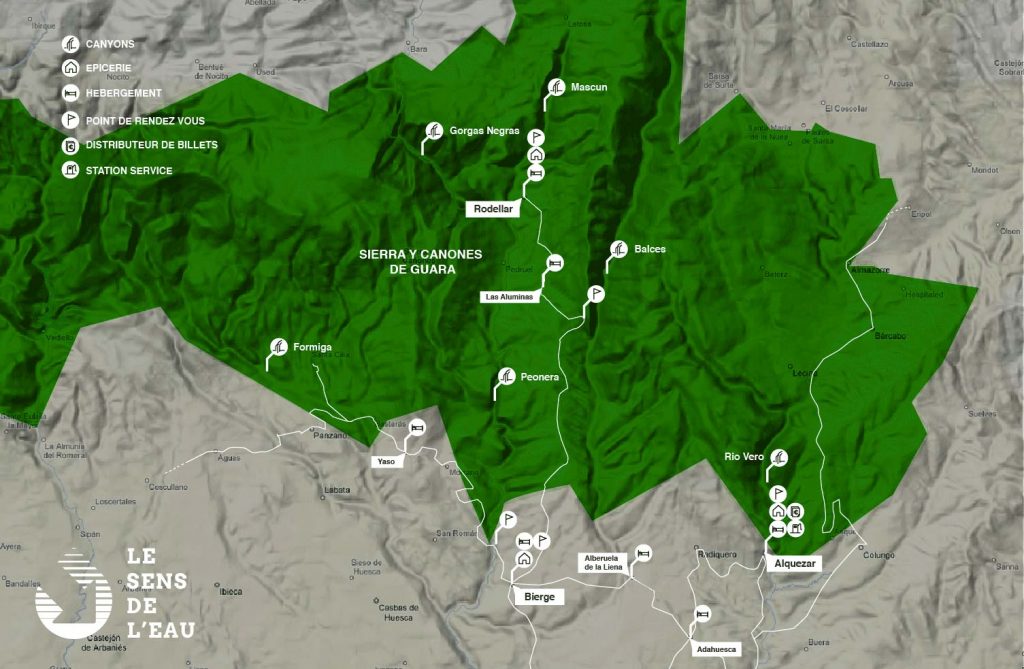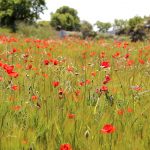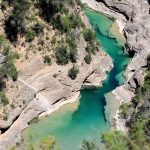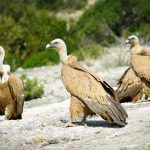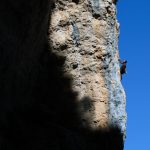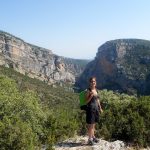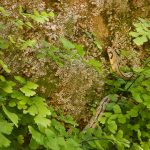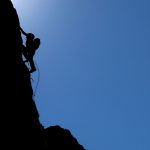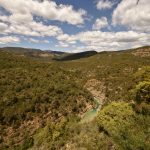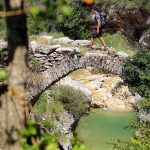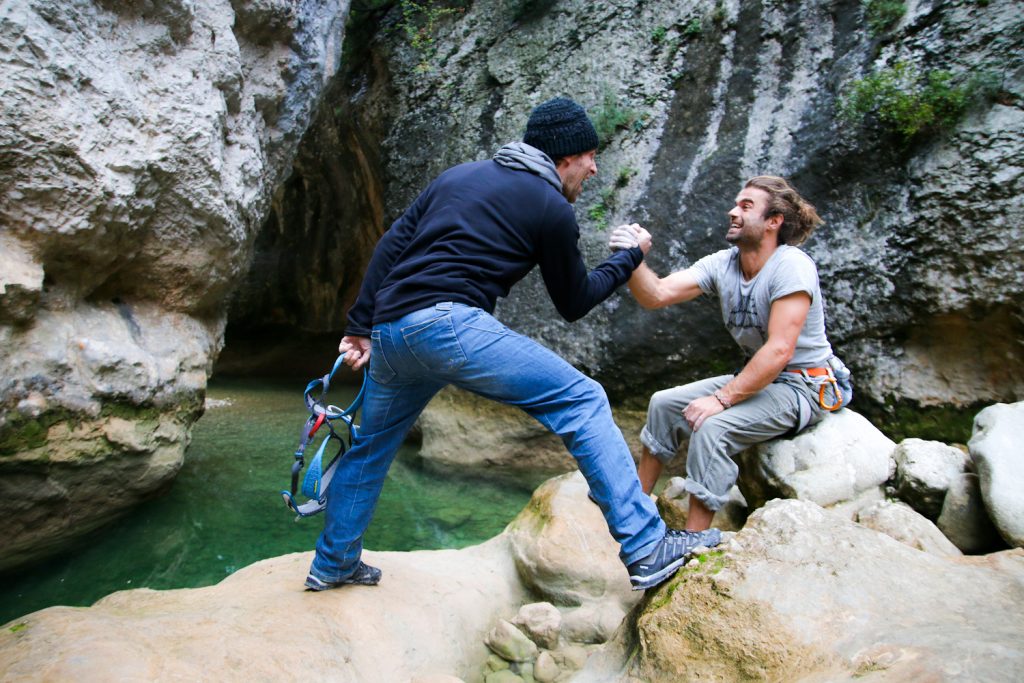The ideal time for canyoning starts at the beginning of May and ends at the end of September. Each season has its own specificity depending on the weather and the water levels in the canyons. For more information on the different periods of canyoning, check out our page Weather Sierra de Guara.
Coming by car
Only a hundred kilometers from the French border, the Sierra de Guara is very close to the southern regions of France and the Pyrenees. In addition, to allow travel to Sierra de Guara and to get to the point of meeting, we recommend the use of a car.
Depending on your place of departure, several routes are possible:
- By Pamplona : if you come from Bayonne and the Basque country.
- Through the Somport tunnel : if you come from Pau, Bordeaux and all the western regions of France.
- By the tunnel of Bielsa-Aragnouet : if you come from Toulouse and the center regions (Attention, it is sometimes closed for work, inquire before taking the road).
- By Girona and Lerida : if you come from Montpellier, and from the east of France.
Routes and distances:
>From Pau: 3h30; 220 kms.
>From Bordeaux: 5h30; 450 kms.
>From Toulouse: 5h; 330 kms.
>From Montpellier: 5h30: 570 kms
>From Argelès and Gavarnie: 4h; 260 kms.
>From Andorra: 3h; 240 kms
(According to Mappy recommendations)
Coming by plane and car
If you’re coming from far away, another convenient solution is to book a plane ticket as well as a car rental directly at the airport. This increasingly common solution also makes it easier to drive in Sierra de Guara.
Routes and distances:
>From Zaragoza airport: 1,5 hours; 125 kms.
>From Barcelona airport: 3 hours; 250 kms.
(According to Mappy recommendations)

